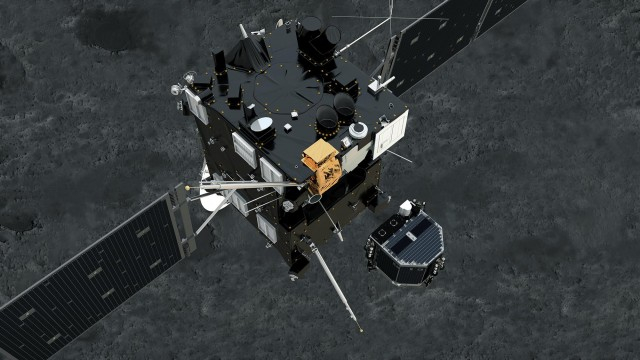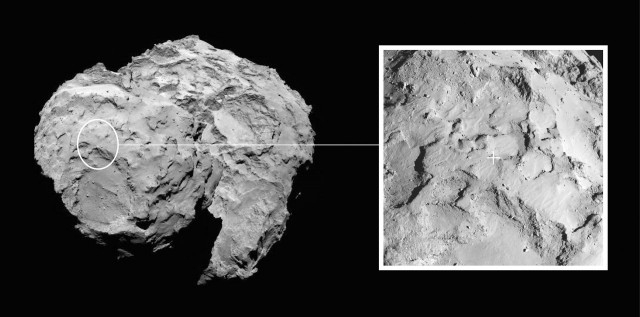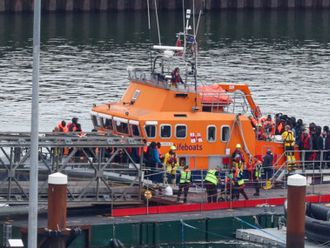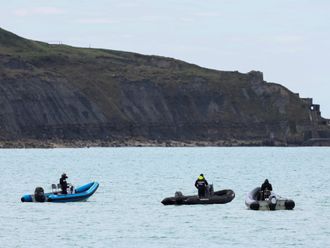
London: The European Space Agency's (ESA) Rosetta mission created history Wednesday when its robotic probe Philae, landed on a comet, but the mission may already be in trouble, media reported Thursday.
Ecstasy turned into worry when it emerged that the lander, which was supposed to use harpoons to tether itself to the comet's surface, was unable to fire them and appeared to be moving around, a Daily Mail report said.
Stephan Ulamec, who ran the landing programme, said early tests suggested that the craft had bounced before turning and settling again.
Rosetta, the mother ship, releases 100-kg lander Philae, 13.6 miles above the comet.
"It touched down and was re-bouncing. So maybe today, we didn't just land, we landed twice," he was quoted as saying.
Status unclear
Ulamec added that scientists were still not sure about the status of the project.
"Did we just land in a soft-sand box and is everything fine? Or is there something else happening? We still do not fully understand what has happened," Ulamec added.
Scientists will not know the project's status until further tests are completed.
Controllers revealed that with the lander's harpoons, which were supposed to tether it to the comet's surface, failing to fire, the lander may be attached to the comet's surface only by screws on its legs.
"It's complicated to land on a comet, and complicated to understand what has happened during this landing," Ulamec said.
The Philae lander had dropped 13.6 miles above the comet from its mother ship, Rosetta.
"This was the most difficult landing in space history -- (it was) like landing a balloon in a city centre on a windy day with your eyes closed," according to Matthew Genge, of London's Imperial College.
Philae’s primary landing site, Site J, now named Agilkia. Rosetta manoeuvred itself a bit closer to comet 67P, so that it’s 13.6 miles (21.8 km) above the landing site.
Engineers may attempt to fire the anchors again soon, in order to keep Philae attached to the surface of the comet.
The mission marked the first rendezvous with a comet's orbit and the first soft landing on a comet's surface.
The Philae lander reached the surface of the comet 67P/Churyumov-Gerasimenko, a large mass of ice and dust some 510 million km away Wednesday after a decade-long chase through space.
Philae is fairly small, weighing about 100 kilos (220 lbs), with a leg span of about 1 meter. Philae was designed to very slowly descend towards its landing site. The journey, which took several hours, was completely unpowered. Philae had a small amount of velocity from being squeezed out of Rosetta, but it otherwise had no control over its direction or bearing.
Comets almost certainly hold vital clues about the original materials that went into building the solar system more than 4.5 billion years ago and if the mission is successful, it will provide an opportunity to sample a comet directly.















